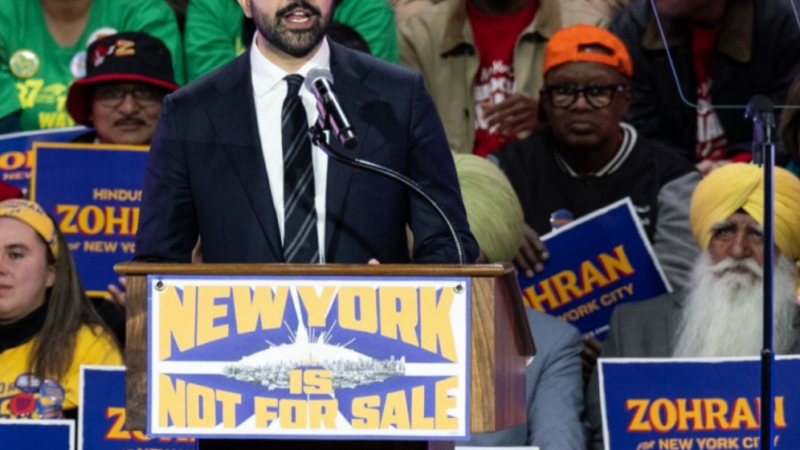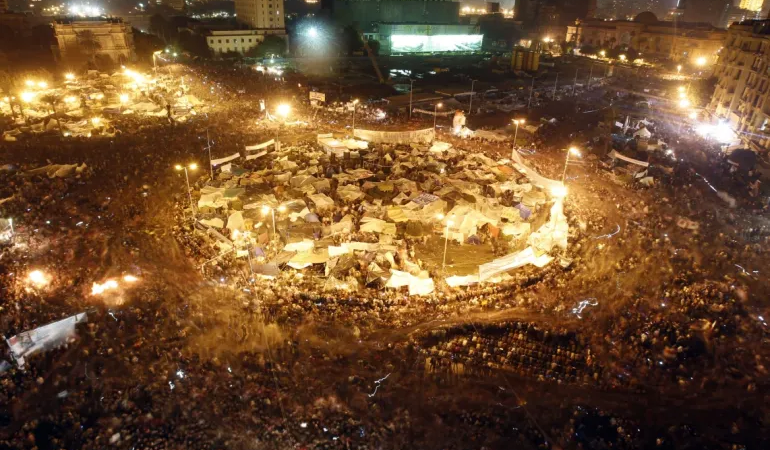Fate of Iran’s president unclear after helicopter ‘hard landing’
A helicopter transporting Iran’s President Ebrahim Raisi made a “hard landing” on Sunday, state TV reported.
Raisi was traveling in Iran’s East Azerbaijan province. The incident occurred near Jolfa, a city on the border with the nation of Azerbaijan, about 600 kilometers (375 miles) northwest of the Iranian capital Tehran. Later reports placed it farther east near the village of Uzi, but details remained contradictory.
Rescue teams were attempting to reach the site but were hindered by poor weather conditions, including heavy rain, fog, and wind. A rescue helicopter attempted to reach the area where authorities believe Raisi’s helicopter was but was unable to due to heavy mist, emergency services spokesman Babak Yektaparast told state news agency IRNA.
State TV aired live footage of worshippers praying for Raisi’s safety at shrines in the Shia holy cities of Mashhad and Qom, underscoring the gravity of the situation.
In addition to Raisi, the helicopter was carrying several other officials, including Foreign Minister Hossein Amir-Abdollahian, according to IRNA.
In his first reaction to the incident, Iran’s Supreme Leader Ali Khamenei called for prayers for Raisi and his companions but told Iranians not to worry. “The people of Iran need not worry, there will be no disruption in the affairs of the country,” state media quoted Khamenei as saying.
Raisi was in East Azerbaijan province on Sunday to inaugurate a dam project alongside his Azeri counterpart, Ilham Aliyev, on the border between the two countries.
His convoy consisted of three helicopters, with state media reporting that the other two had “safely reached their destination.”
Iran’s Interior Minister Ahmad Vahidi confirmed to state TV that one of the helicopters in the convoy carrying Raisi had a “hard landing due to weather conditions.”
When asked about contact with Raisi or his companions, Vahidi said: “Communication is difficult, and we are waiting for rescue teams to reach the scene of the incident and provide more information.”
The lives of Raisi and Amir-Abdollahian are “at risk,” the Reuters news agency cited an Iranian official as saying.
“We are still hopeful but the information coming from the crash site is very concerning,” the agency quoted the official as saying.
A source familiar with the matter told Al Arabiya English that US President Joe Biden had been briefed about the incident. White House officials declined to comment when asked about reports of the accident.
Raisi, 63, served as the head of Iran’s judiciary before becoming president in 2021. A close and loyal ally of Supreme Leader Khamenei, he is often discussed as a potential successor to Khamenei.
According to Iran’s constitution, in the event of the president’s death, “the First Vice President assumes his powers and responsibilities with the approval of the supreme leader, and a council consisting of the Speaker of the Parliament, the Head of the Judiciary, and the First Vice President is obligated to arrange for a new president to be elected within a maximum period of 50 days.”
In Iran, it is the supreme leader rather than the president who has the final say on all state matters, including foreign policy and the nuclear program. Therefore, if something were to happen to Raisi, significant changes in the Islamic Republic’s overall policies are unlikely.






